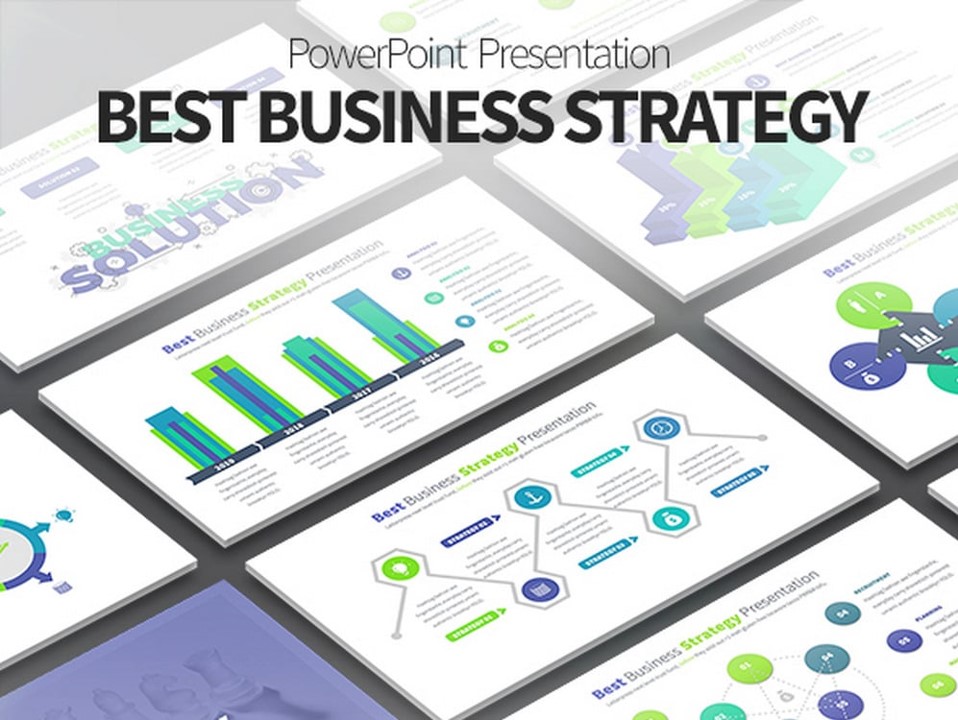Traditional project management is the process of leading the work of a team to achieve goals and meet success criteria at a specified time. Enterprise project management puts the focus on the enterprise, prioritizing and highlighting its business goals and managing and grouping projects to ensure they meet those broader organizational objectives. The end objective is not necessarily a successfully completed project. It is a project that effectively provides value to the organization.
The primary challenge of enterprise project management is to achieve all of the project goals within the given constraints. This information is usually described in project documentation, created at the beginning of the development process. The primary constraints are scope, time, budget. The secondary challenge is to optimize the allocation of necessary inputs and apply them to meet pre-defined objectives.
The additional benefits of enterprise project management include: Higher-quality output, Improved productivity, Reduced impact of skills shortage, Reduced project risks, Enhanced reliability of delivery.
Since enterprise project management focuses on the organization’s core mission and strategic objectives, implementation of an EPM system begins with a thorough look at the company’s existing projects and its organizational culture—after all, EPM will require adaptability and openness to change.
Including stakeholders is critical to the success of any EPM system, since the end goal is full transparency, wider participation, more project visibility and increased monitoring. A high level of communication is essential to bring everyone on board, including executives, and ensure goals and efforts are aligned.













4 Jan 2018
15 Jan 2018
3 Jan 2018
12 Dec 2017
5 Jan 2018
28 Jan 2018